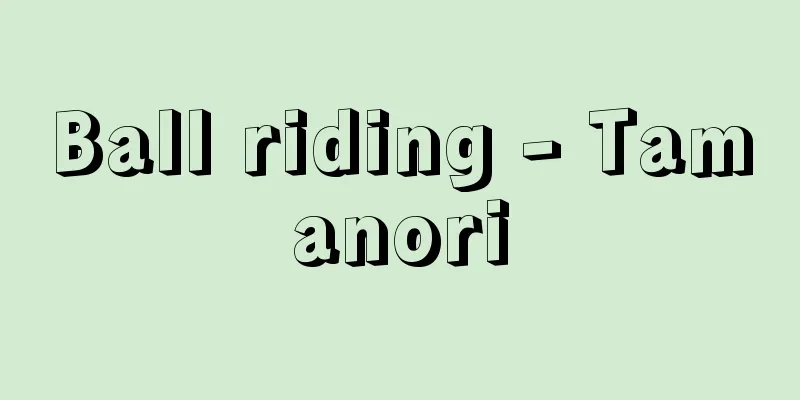Hittite - Hittite

|
Since the beginning of the 20th century, this language has been known from clay tablets written in cuneiform script, discovered in Boğazköy (Hattusa, capital of the Hittite Empire) on the Anatolian Plateau, dating from around 1700-1200 BC. In 1917, it was deciphered by Hrozný and found to be an Indo-European language. The language's owners call their own language Neša, whereas Hatti is the language of the indigenous people of the Hatti Kingdom. Hittite is the oldest Indo-European language known to date, and although it has well preserved the features of ancient Indo-European languages that have been lost in other related languages, it has been strongly influenced by Hurrian and other indigenous non-Indo-European languages, and has undergone significant changes, especially in terms of vocabulary. Alongside Hittite, other closely related languages, known from the Boğazköy documents, particularly the religious and magical materials, are Para and Luvian. The former was spoken in northern Anatolia, the latter in southern Anatolia. Recent research has revealed that the language known from "Hittite hieroglyphic" materials dating to the 10th to 8th centuries BC, which have been discovered in southeastern Anatolia since the 19th century, is a form of Luvian. Lycian and Lydian, which have alphabetic materials dating from the 6th to 4th centuries BC, are also closely related languages. These six languages are collectively referred to as the "Indo-European Anatolian languages," and Hittite is the most representative and most studied language thanks to the abundance of materials. [Katsumi Matsumoto] Source: Shogakukan Encyclopedia Nipponica About Encyclopedia Nipponica Information | Legend |
|
20世紀の初頭以降、アナトリア高原のボアズキョイ(ヒッタイト帝国の首都ハットゥシャ)から発見された、紀元前1700~前1200年ごろに属する楔形(くさびがた)文字で書かれた粘土板の文書で知られる言語。1917年フロズニーによって解読され、インド・ヨーロッパ(印欧)語族の一言語であることが判明した。この言語の所有者は自らの言語をネシャNeša語とよび、それに対してハッティHatti語というのはハッティ国の先住民の言語である。ヒッタイト語はこれまでに知られたもっとも古い印欧語で、他の同系諸語では失われた古い印欧語の特徴をよく保存している反面、フルリ語その他土着の非印欧語の影響を強く受け、とくに語彙(ごい)の面では著しい変化を被った。ヒッタイト語と並んで、同じボアズキョイ文書の、とくに宗教的・呪術(じゅじゅつ)的内容の資料によって知られる親近な言語としてパラ語およびルウィ語がある。前者はアナトリア北部、後者は南部で行われていた。19世紀以来アナトリア南東部で発見されている前10~前8世紀ごろの「ヒッタイト象形文字」資料で知られる言語は、最近の研究によってルウィ語の一形態であることが明らかとなった。ほかに、前6~前4世紀のアルファベットによる資料を残すリキア語およびリディア語もこれらと親近な言語であり、以上六つの言語をまとめて「印欧アナトリア語派」と称し、ヒッタイト語はそのもっとも代表的な、そして豊富な資料によって研究の進んだ言語である。 [松本克己] 出典 小学館 日本大百科全書(ニッポニカ)日本大百科全書(ニッポニカ)について 情報 | 凡例 |
<<: Hittite script - Hittite tomoji
Recommend
Xanthella - Xanthella
A general term for marine animals of the genus De...
Cervus axis; chital; spotted deer
A member of the Cervidae family of the even-toed u...
Electron-deficient compound
In covalent compounds, it is usually possible to a...
IRBM - Intermediate range ballistic missile
A medium-range ballistic missile with a range of 2...
Oriku
〘Noun〙① A type of technique in waka poetry. A five...
sealskin
...an abbreviation of the English word sealskin. ...
action
〘noun〙 (action)① A person's movement. (i) An a...
Replacement grip method
...Around 1860, the Bingo, Aki and Iyo Suo Provin...
Dark Adaptation Curve
...The pigeon determines its stimulus threshold b...
Abe no Miushi - Abe no Miushi
Year of death: Taiho 3, leap year 4, 1 (May 20, 70...
Coptic calendar - Coptic calendar
A solar calendar originating from Ancient Egypt. A...
Tropsch, H.
…In 1911, he became a professor at the Technical ...
Girumame Neway - Girumame Neway
…Even in the late 1950s, when the “age of indepen...
Susukida Kyukin
Born: May 19, 1877, Oe Renjima, Okayama [Died] Oct...
francium
Fr. An element with atomic number 87. It is an al...









